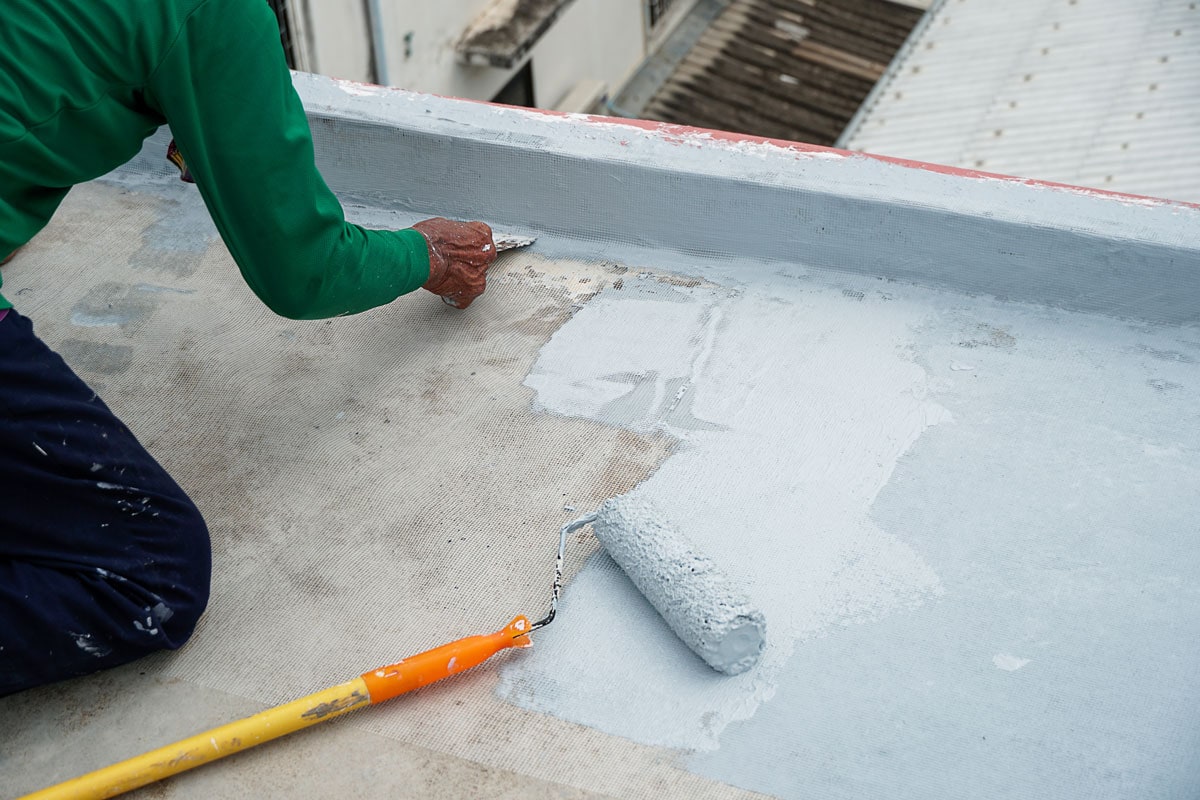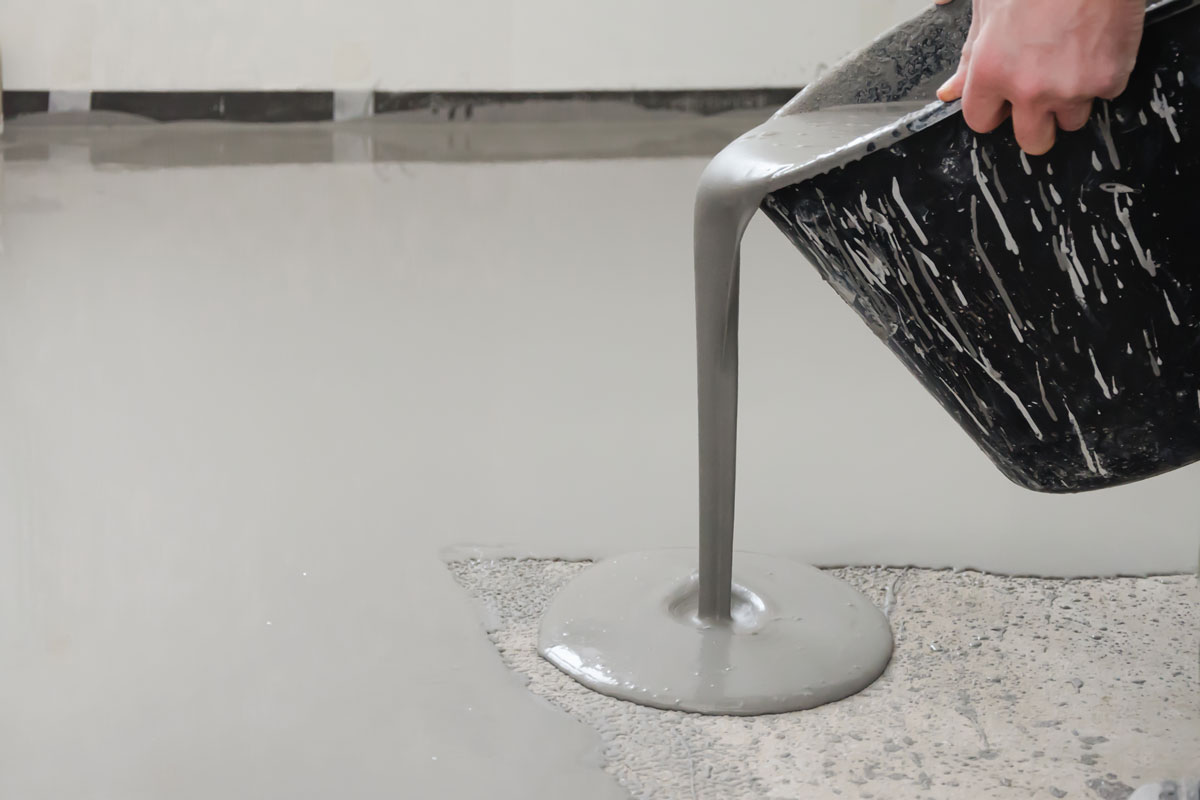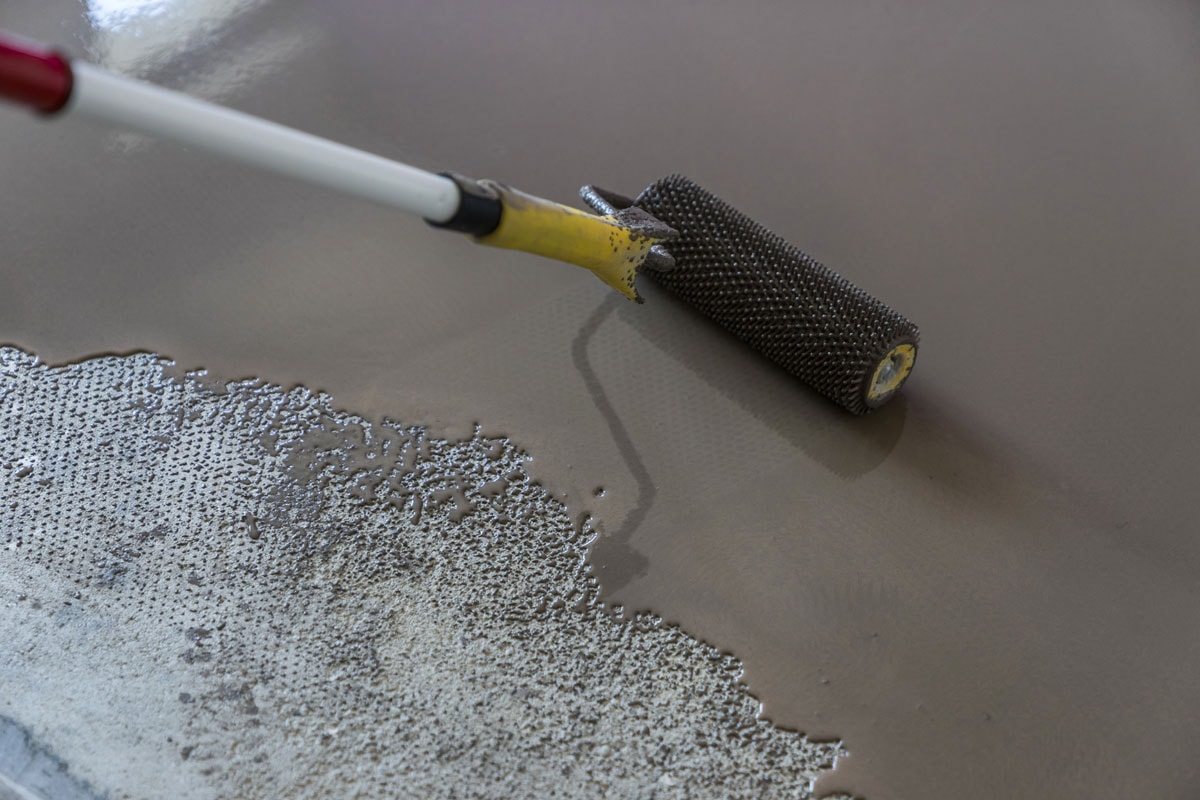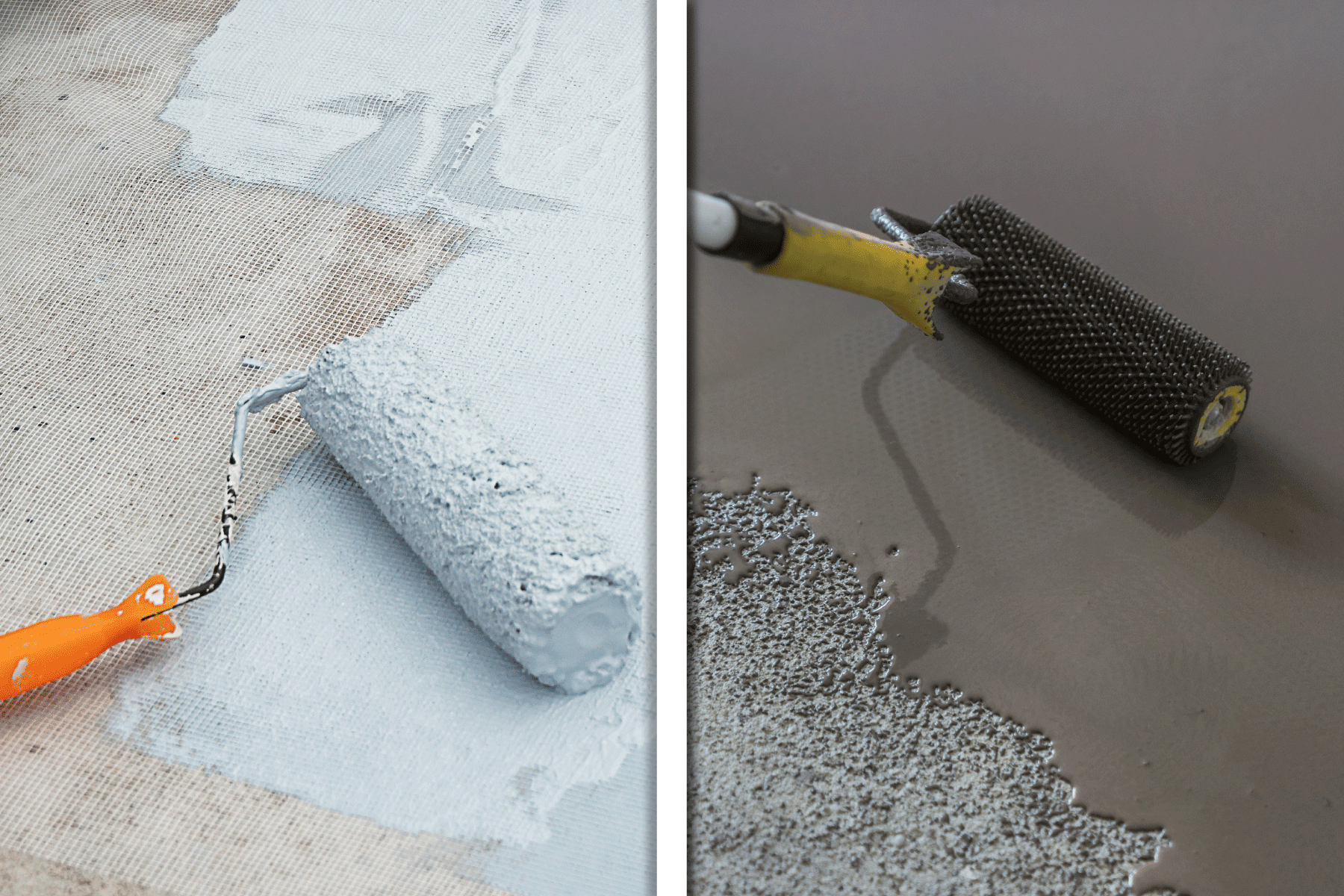So you're doing a renovation project or simply building something that requires cement. Of course, you would want cement that's proven to be durable and reliable, especially under unpredictable weather conditions. So, what should you choose between Quikrete and Drylok? We have researched the facts so you can weigh your options.
You should first know about the qualities of each product so you can make an informed decision. Below are the qualities of Quikrete:
- Budget-friendly
- Slower cure time
- Rough texture after curing
- Disrupts water pH level
- Durable
Below are the qualities of Drylok:
- Pricey
- Fast curing period
- Smooth texture
- Better for swimming pools
- Easier to apply
Experts say that since Quikrete cement is mixed with gravel and mortar, it tends to handle stress better.
However, the one you should choose should still depend on where you intend to apply it. For instance, Drylok would be better on pools, but Quikrete would be better for areas that have a lot of traffic,
Both Quikrete and Drlok have established their reputation as reliable hydraulic cement. Which of the two you choose depends on your priorities and goals. Keep reading below for a more comprehensive view of these two brands.

Drylok Vs Quikrete Hydraulic Cement
Surface damage is often repaired by using one of these two brands, and there’s an ongoing debate about which one is best for both interiors and exteriors.
Both Drylok and Quikrete are excellent options, but they have differences that would make you prefer one over the other.
Here are things you need to weigh on if you’re trying to choose between Drylok and Quikrete.
Cost
As with all materials, the cost is one of the most important considerations. Quikrete is more affordable and accessible, so it’s easier to get when you quickly need to fix something in your home.
Drylok, on the other hand, is more expensive because it has a smoother consistency. You also don't have to wait for it to cure since it instantly dries, so it's a great option if you need a quick fix and have to use the surface immediately.
Drylok costs around $95, while Quikrete retails for around $30. If you need something that has good quality for a lower price, Quikrete may be for you.
Texture
The texture of the cement after curing will also affect your decision. For instance, if you want a smooth finish because the surface will be in contact with people, go with Drylok because it will have a smoother result.
The smoothness is caused by its almost cream-like consistency, making the result smooth and free of ridges. Make sure not to stir it too much, as you might thin it out and make it less durable.
In contrast, Quikrete has a rougher finish because the material itself has been mixed with mortar and gravel. This, however, makes it good for areas that have heavy traffic.
Curing Period
The importance of the curing period depends on how urgent the fix is. If it's for a month-long project, you probably can afford to have a longer curing time.
However, if it's for an emergency, as in if something needs to be patched over, you will need something more fast-reacting.
However, the curing period between the two is not too different. You will only really need an extra fifteen minutes if you settle for Quikrete. However, if you want to cut the waiting time even for minutes, go with Drylok.
Durability
Although both these brands are reputable and highly durable, experts say that Quikrete is more durable and has better value for money.
This is because Quikrete has a rougher finish, making it more durable than Drylok. It then lasts longer, so it won’t need repairs (which is an additional cost) in the long run.
If you intend to use Drylok because of its smoothness and ease of application, you will need to double down with a sealer so it can last nearly as long as Quikrete--especially if you apply it on high-traffic areas.
Best Areas To Use Drylok

Now that you're aware of each brand's different characteristics, you may be wondering what spaces will fare better with either Drylok or Quikrete.
This is still highly subjective since it will all depend on the kind of texture you like, your budget, and where you apply it, but in general, the best places to apply Drylok are areas that will be in contact with a person and areas that require aesthetic value. Its smooth surface won't hurt or blister anyone and will look good applied with paint or finish.
Here are the ideal areas where you can apply Drylok.
Swimming Pools
The Drylok Waterproofer is the best material you can use for a swimming pool because it has anti-microbial properties that prevent mold from forming on its surface. This will make it safer in the long run.
Drylok also does not alter the water's pH level, so you won't have to worry about the water somehow damaging your surfaces.
Quikrete, on the other hand, can alter the water's pH levels, causing issues with your pool's water quality.
Drylock is also designed to withstand water pressure, making it perfect for swimming pools. This means that your pool will be more durable and save on repairs in the future.
Check out this Drylok Waterproofer on Amazon.
Can you use Drylok on Ponds? [Will it Poison Fish?]

Drylok can be used in fish ponds, and it will not harm aquatic life. The material will also be able to handle the constant water pressure.
Garden Beds
You will want your garden bed to remain aesthetically pleasing, so it goes without saying that you don't want water stains on your garden beds.
Using Drylok Waterproofer will prevent water from leaking into the material, so you won't have to worry about your garden beds looking dingy. This is an excellent alternative to cinder blocks as it can still blend in with nature.
Firepits
The materials that make up your firepit are all probably porous, so you will need to seal it with the Drylok masonry sealer. It also wouldn't hurt if you use the sealer first, then put up your bricks and stucco after.
Statues or Fountains
Because of its smooth finish, Drylok is an excellent option for sculptures and statues. Of course, the texture of Quikrete can also be visually interesting, but most builders prefer Drylok for aesthetic-driven projects.
However, make sure that you seal the statue so it won’t be susceptible to water damage and ruin the sculpture.
Best Areas To Use Quikrete

Although Drylok has a lot of uses, Quikrete can also help you in various home projects and significantly improve your home in both form and function.
Quikrete has qualities that make it ideal for certain parts of your home, such as these options:
Driveways
Because of their rough and durable surface, Quikrete is best in driveways where the constant stress of foot traffic and car weight can ruin a weaker material.
Make sure you get the Quikrete crack-resistant concrete. It can withstand shrinkage as long as it is applied correctly. Have it applied by a competent contractor for assured durability.
Check out this Quikrete product on Amazon.
Concrete Patio
Quikrete is also best for patios since these areas receive a lot of foot traffic. You will need something highly durable, and that's where Quikrete is beneficial.
Since Quikrete has a rough surface, it will be easier for you to incorporate other designs without compromising its structural integrity.
Having concrete patios will also make your home more unique, especially if you go for an industrial-inspired design that can add edge to your patio.
Fence Posts
Quikrete is a great option if you need to set your fence posts. The durability of the mixed mortar and gravel will add stability and longevity to your fences.
Should You Apply Hydraulic Cement on Leaking Walls?

Hydraulic cement works wonders for leaky walls; just don't apply it when the surfaces are actively leaking. Make sure the surfaces are somewhat dry and free of dirt first before putting on the cement.
Fast-acting hydraulic cement such as Drylok can dry as fast as 3 minutes and fix your leaky surfaces.
Final Thoughts

Both Drylok and Quikrete have their advantages, and each will fare well in certain locations. The key is knowing what your priorities are and making sure that you apply the best practices when applying them to ensure their stability.
If you found this article helpful, check out our other posts:
Toilet Cemented To Floor – How To Remove?
Hydraulic Cement Vs. Expanding Foam: Which Should You Choose?


